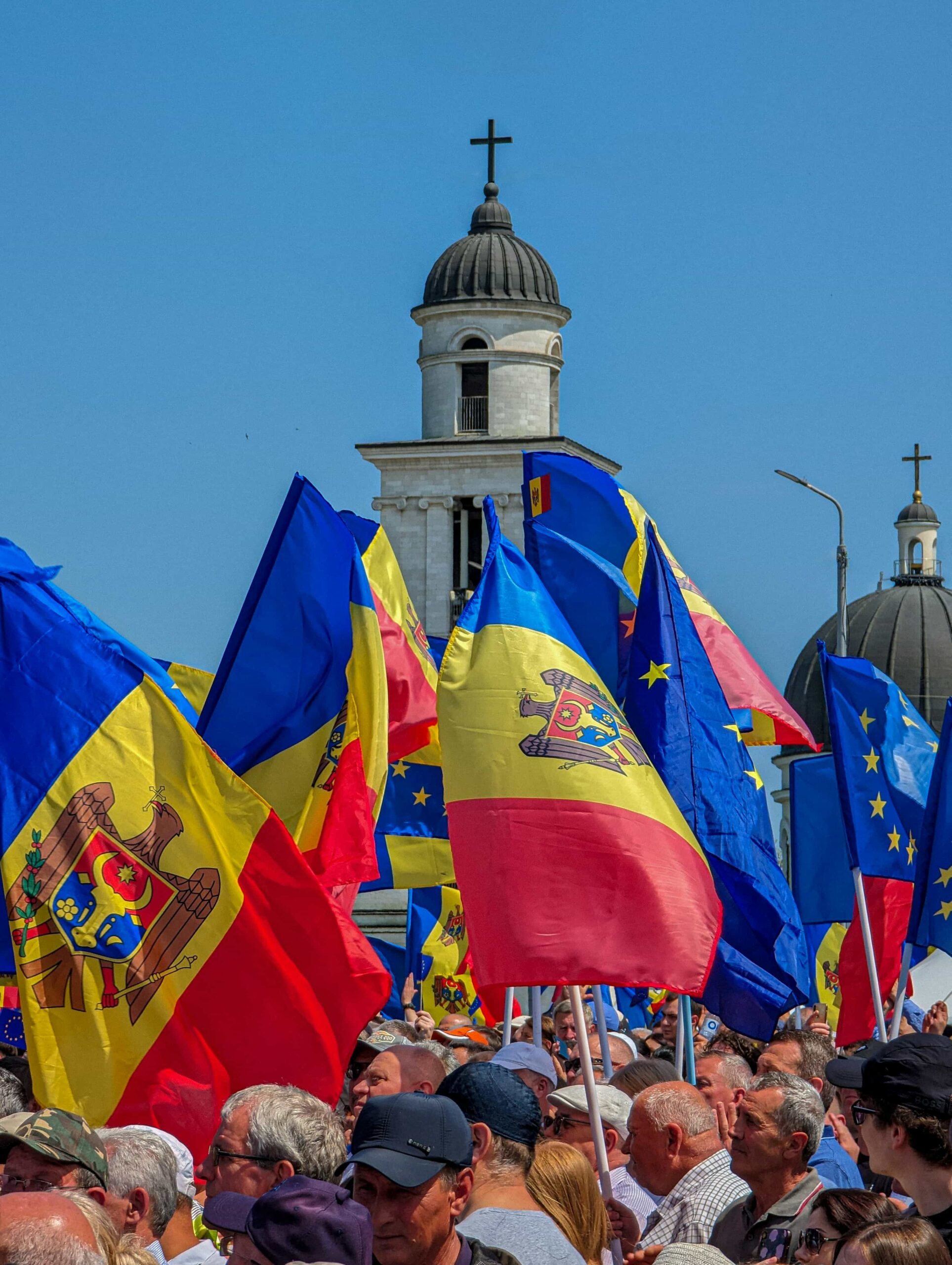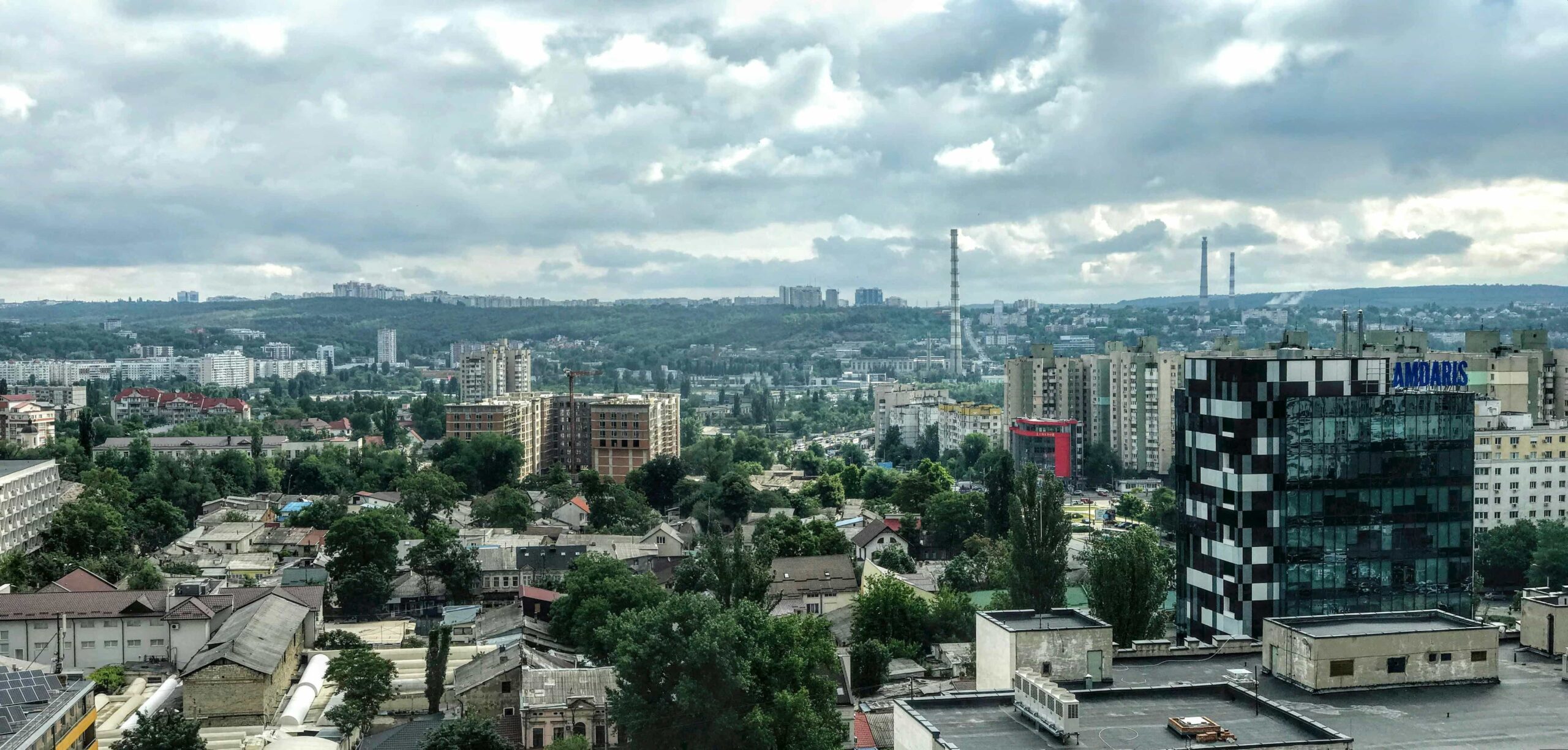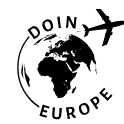Moldova Culture and Society: A Complete Guide to Identity and Tradition
Honestly, when I first started researching Moldova’s cultural landscape, I wasn’t prepared for the complexity I’d encounter. What seemed like a straightforward exploration of a small Eastern European nation quickly became a fascinating journey through layers of identity, tradition, and social transformation that continue to evolve today.
Moldova—officially the Republic of Moldova—sits at one of Europe’s most intriguing cultural crossroads. With roughly 2.6 million people1, this landlocked nation between Romania and Ukraine represents something genuinely unique: a society actively defining itself while preserving ancient traditions. The more I’ve studied Moldovan culture, the more I’ve come to appreciate how it defies simple categorization.
Moldova at a Glance
Capital: Chișinău (population: approximately 530,000)
Official Language: Romanian (though this remains politically contentious)
Major Religions: Eastern Orthodox Christianity (90%), with small Catholic, Protestant, and Jewish communities
Currency: Moldovan Leu (MDL)
Notable Feature: Home to one of the world’s largest wine cellars, stretching over 200 kilometers underground
Historical Foundations: Understanding Moldova’s Complex Identity
Here’s where things get fascinating—and honestly, a bit complicated. Moldova’s cultural identity has been shaped by centuries of shifting borders, changing rulers, and competing influences. Back when I first encountered this topic in graduate school, I made the mistake of assuming it would be straightforward. How wrong I was.
The historical principality of Moldavia, established in the 14th century, encompassed a much larger territory than today’s republic2. What we now call Moldova represents only the eastern portion of this historical region—the part that became Bessarabia under Russian and later Soviet rule. This geographical reality has profound implications for cultural identity that persist today.
During my research, I’ve consistently found that understanding Moldova requires grappling with what scholars call the “Bessarabian experience.” From 1812 to 1918, and again from 1940 to 1991, this region was under Russian and Soviet administration3. These periods weren’t just political arrangements—they fundamentally shaped language, education, religious practice, and social structures in ways that continue to influence contemporary Moldovan society.
What struck me most during my conversations with Moldovan intellectuals is how this history created what one historian described as “layered identities.” Many Moldovans simultaneously identify as Moldovan, Romanian, Soviet-influenced, and European—without seeing these as contradictory. Actually, let me correct myself here: some do see them as contradictory, which is precisely what makes contemporary cultural politics so complex.
The language question exemplifies this complexity beautifully. While the constitution designates “Moldovan” as the official language, it’s essentially identical to Romanian—written in Latin script since 1989 when it replaced Cyrillic4. Yet for many citizens, especially older generations, this isn’t simply a technical linguistic issue. It represents deeper questions about national belonging and cultural orientation.
Traditional Cultural Foundations: Customs That Define Community
Moving beyond political complexities—though they’re never really separate from cultural life—Moldova’s traditional customs reveal a society deeply rooted in agricultural rhythms and Orthodox Christian traditions. I’ve always been fascinated by how these practices persist even as the country modernizes rapidly.
The centerpiece of Moldovan cultural life remains the extended family structure, which has adapted remarkably well to contemporary challenges5. Traditional households often include three generations, with grandparents playing crucial roles in childcare and cultural transmission. This arrangement has actually become more important in recent decades due to labor migration—a topic I’ll explore more thoroughly later.
Key Traditional Celebrations
- Mărțișor (March 1st) – Spring celebration with red and white tokens
- Drag Fest – Wine harvest festivals throughout September
- Orthodox Easter – Remains the most significant religious celebration
- Wedding traditions – Multi-day celebrations involving entire communities
What really captures my attention is how Moldovan folk traditions blend pre-Christian customs with Orthodox practices. Take Mărțișor, for example—this celebration of spring’s arrival involves exchanging small decorative objects that combine ancient fertility symbols with Christian iconography. I’ve witnessed these celebrations firsthand, and honestly, they’re more vibrant and community-oriented than I expected.
The wine culture deserves special mention because it’s absolutely central to Moldovan identity. With winemaking traditions dating back over 5,000 years6, Moldova has developed distinct varieties and production methods that reflect both ancient techniques and modern innovation. Milestii Mici, the world’s largest wine cellar by stored wine, stretches over 200 kilometers underground—a testament to the cultural significance of viticulture.
| Religious Affiliation | Percentage | Key Characteristics | Cultural Influence |
|---|---|---|---|
| Eastern Orthodox | 90.1% | Moldovan Orthodox Church | Dominant in festivals, life cycles |
| Protestant | 2.0% | Baptist, Pentecostal communities | Growing influence in social services |
| Other/None | 7.9% | Including Jewish, Muslim minorities | Historical multicultural heritage |
Traditional folk music and dance remain remarkably alive in Moldova, though they’ve evolved considerably. The hora—a circular dance performed at celebrations—continues to be a social bonding ritual that crosses generational lines7. During my visits to rural villages, I’ve been struck by how naturally these dances emerge during community gatherings, without formal organization or instruction.
Language and Literature: Cultural Expression in Transition
I’ll be honest—the language situation in Moldova continues to puzzle me, even after years of study. While officially “Moldovan” (which is linguistically Romanian), the reality on the ground is far more complex. Russian remains widely spoken, especially in urban areas and among older generations8. This linguistic diversity creates fascinating cultural dynamics.
Contemporary Moldovan literature reflects these linguistic realities while grappling with questions of identity and belonging. Writers like Dan Lungu and Dumitru Crudu work primarily in Romanian but incorporate Russian phrases and Soviet-era references that resonate with local audiences9. Their work captures something essential about Moldovan experience—this sense of existing between worlds rather than fully in any one of them.
Traditional oral literature remains surprisingly vital, especially in rural areas. Epic ballads, folk tales, and proverbs continue to be transmitted through family networks, though they’re increasingly influenced by mass media and digital culture. What fascinates me is how these traditional forms adapt to incorporate contemporary concerns—I’ve encountered folk tales that deal with labor migration and EU integration alongside traditional themes of love and heroism.

Contemporary Social Dynamics: Modern Challenges and Cultural Adaptation
Now here’s where things get really interesting—and honestly, sometimes heartbreaking. Contemporary Moldovan society faces unprecedented challenges that are reshaping cultural practices in profound ways. The most significant of these is labor migration, which affects virtually every family I’ve encountered during my research.
Current estimates suggest that between 600,000 and 1 million Moldovans work abroad—roughly 25-40% of the working-age population10. This isn’t just an economic phenomenon; it’s fundamentally altering family structures, child-rearing practices, and cultural transmission mechanisms. Grandparents are raising grandchildren while parents work in Italy, Israel, or Russia. The long-term cultural implications of this arrangement are still unfolding.
Impact of Labor Migration on Culture
- Traditional family roles disrupted as women increasingly migrate for work
- Children growing up with grandparents absorb more traditional values
- Remittances fund cultural celebrations and religious renovations
- Return migrants bring new ideas about gender roles and lifestyle choices
What struck me during my recent fieldwork is how creatively families adapt to these separations. Video calls during Sunday dinners, digital sharing of holiday celebrations, and coordination of major life events across multiple countries have become normal. These aren’t just practical adaptations—they represent new forms of cultural practice that maintain family bonds across vast distances.
The demographic challenges are staggering and deeply concerning. Moldova’s population has declined from over 4 million in 1990 to approximately 2.6 million today11. Rural areas are particularly affected, with some villages becoming predominantly elderly communities. This demographic shift threatens traditional cultural practices that require intergenerational participation and community involvement.
Gender Roles and Social Change
I’ve been particularly interested in how gender roles are evolving in Moldova, because the changes are both rapid and contradictory. Traditional Moldovan society emphasized distinct gender roles, with women responsible for household management and cultural preservation while men dominated public and economic spheres12. Labor migration has disrupted these patterns in unexpected ways.
Women now constitute the majority of labor migrants from Moldova, a reversal from earlier patterns when men predominantly sought work abroad. This shift has profound implications for family dynamics, child-rearing practices, and women’s social status. Back home, women are increasingly making household decisions, managing finances, and participating in community leadership roles that were traditionally male-dominated.
Urban-rural divides add another layer of complexity to social change. Cities like Chișinău and Bălți are experiencing rapid westernization, with young people adopting European lifestyle patterns, career aspirations, and social values. Meanwhile, rural communities maintain more traditional social structures, though they’re also affected by outmigration and demographic decline.
Education and Cultural Transmission
Educational institutions play crucial roles in cultural preservation and adaptation, though they face significant challenges. The school system operates primarily in Romanian, with some Russian-language schools still functioning13. This linguistic division reflects broader cultural and political divisions within Moldovan society.
What concerns me most is how cultural knowledge is being transmitted to younger generations. Traditional skills like folk singing, handicrafts, and agricultural practices were historically passed down through family networks and community participation. With massive outmigration and urbanization, these transmission mechanisms are breaking down.
However—and this gives me hope—I’ve also observed innovative approaches to cultural preservation. Cultural centers, NGOs, and even social media groups are working to document and teach traditional practices. Young people are creating YouTube channels about Moldovan cooking, TikTok videos featuring folk dances, and Instagram accounts celebrating rural traditions. It’s a fascinating blend of ancient culture and digital technology.
Modern Identity Formation: Between Tradition and Transformation
As I conclude this exploration of Moldovan culture and society, I find myself reflecting on how remarkable this small nation’s cultural resilience has been. Despite—or perhaps because of—external pressures, economic challenges, and demographic transitions, Moldova is actively creating new forms of cultural expression while maintaining connections to historical traditions.
The younger generation, in particular, demonstrates sophisticated approaches to identity formation that incorporate multiple cultural influences. They’re equally comfortable with Romanian literature and Russian popular culture, traditional folk music and contemporary European trends. Rather than seeing these as contradictions, they’re creating hybrid identities that reflect Moldova’s unique position in Europe14.
Future Cultural Priorities
- Strengthening cultural education in schools and communities
- Supporting return migration and demographic revitalization
- Developing cultural tourism and heritage preservation
- Fostering dialogue between different linguistic and cultural communities
- Adapting traditional practices for contemporary social realities
Looking ahead, Moldova’s cultural trajectory will likely depend on how successfully it balances preservation with adaptation. The European integration process offers opportunities for cultural exchange and development funding, but it also raises questions about maintaining distinctive Moldovan characteristics in an increasingly globalized context15.
The diaspora communities will play increasingly important roles in cultural development. Moldovan communities in Italy, Israel, and other destination countries are creating new cultural institutions, organizing festivals, and maintaining language schools. These communities serve as bridges between Moldova and the wider world, bringing back new ideas while preserving traditional practices16.
What gives me the most optimism is witnessing how Moldovan culture adapts without losing its essential character. Village festivals incorporate modern music alongside traditional dance. Family celebrations blend Orthodox rituals with contemporary party elements. Young people use social media to share traditional recipes and folk stories. This isn’t cultural dilution—it’s cultural evolution.
Moldova’s story continues to unfold, shaped by global forces but driven by local agency and cultural resilience. Understanding this society requires appreciating complexity, embracing contradictions, and recognizing that cultural identity is always a work in progress rather than a fixed inheritance.
References and Sources


